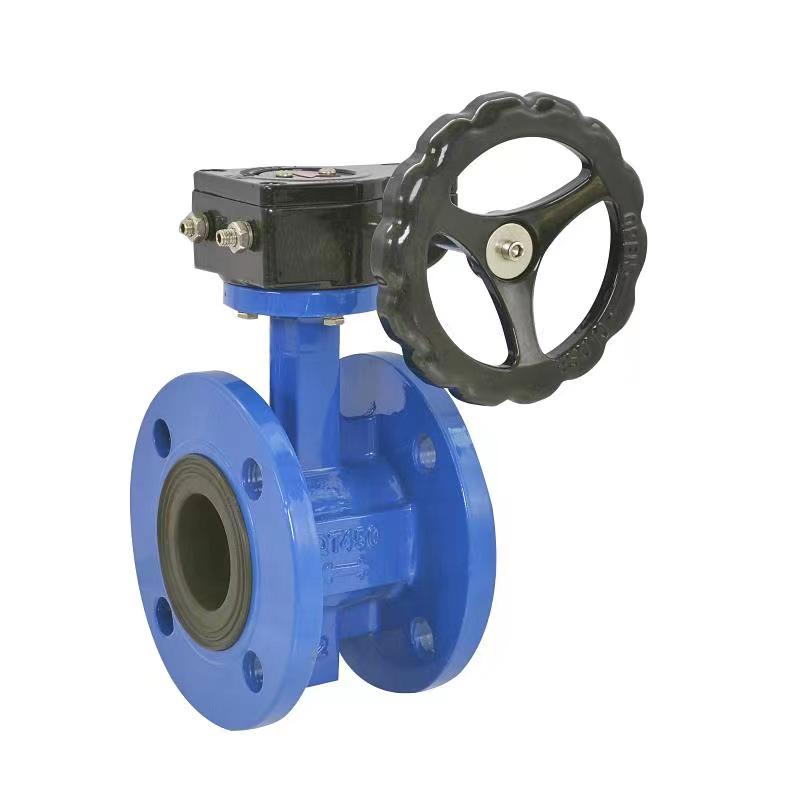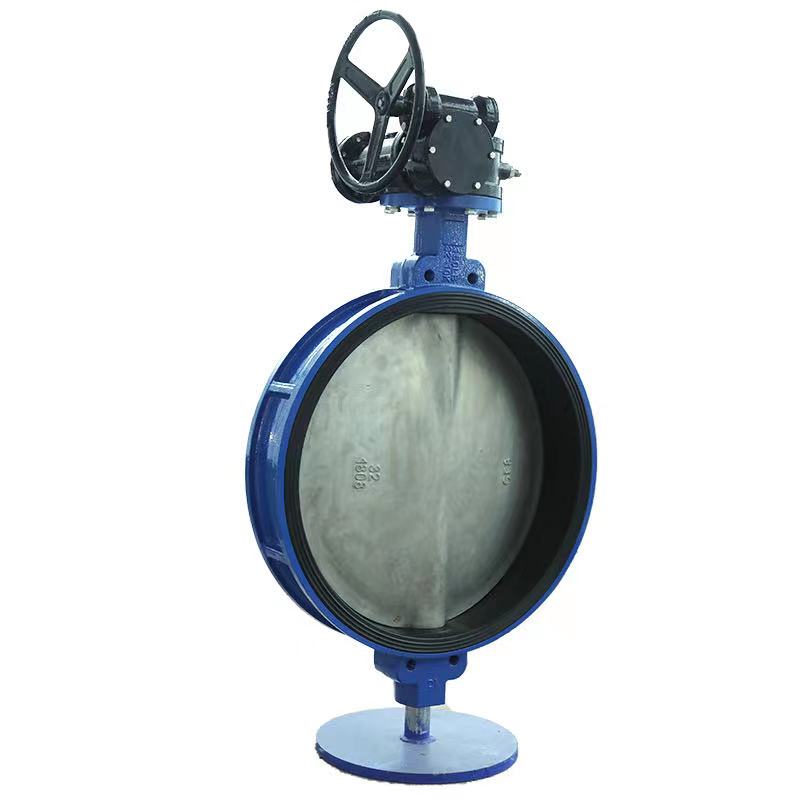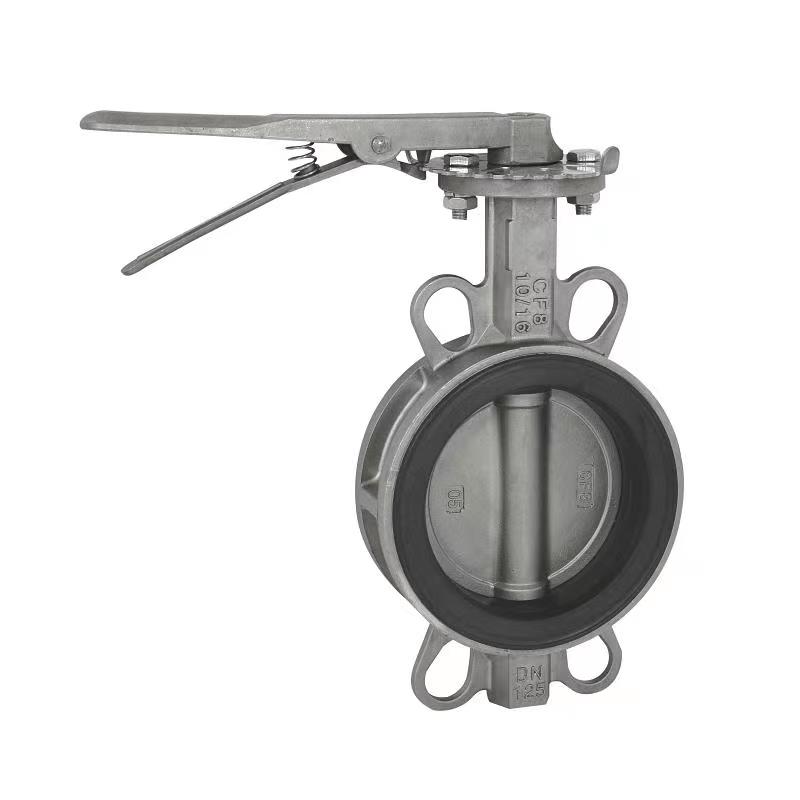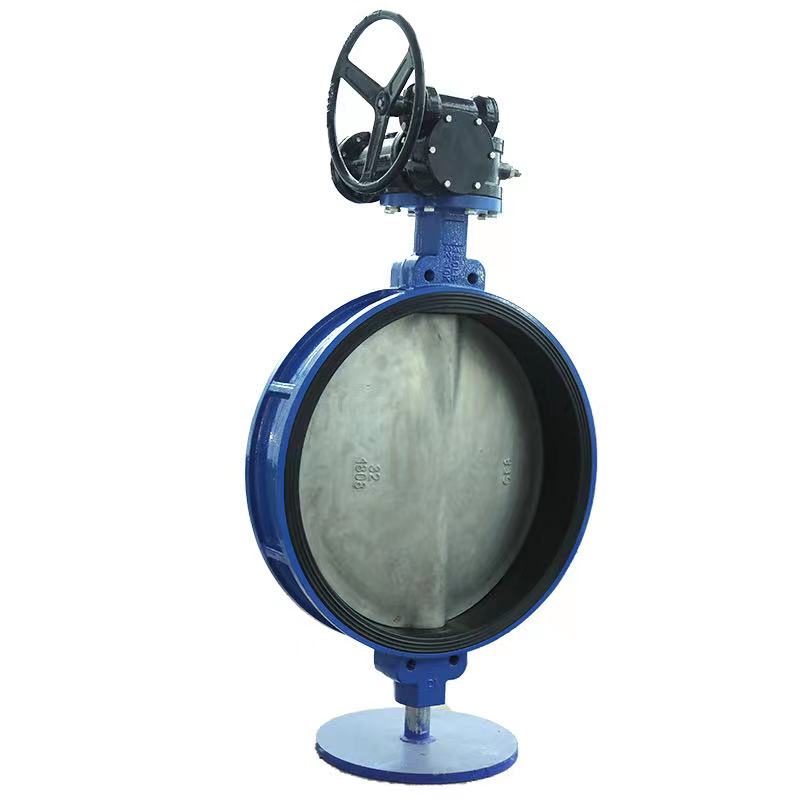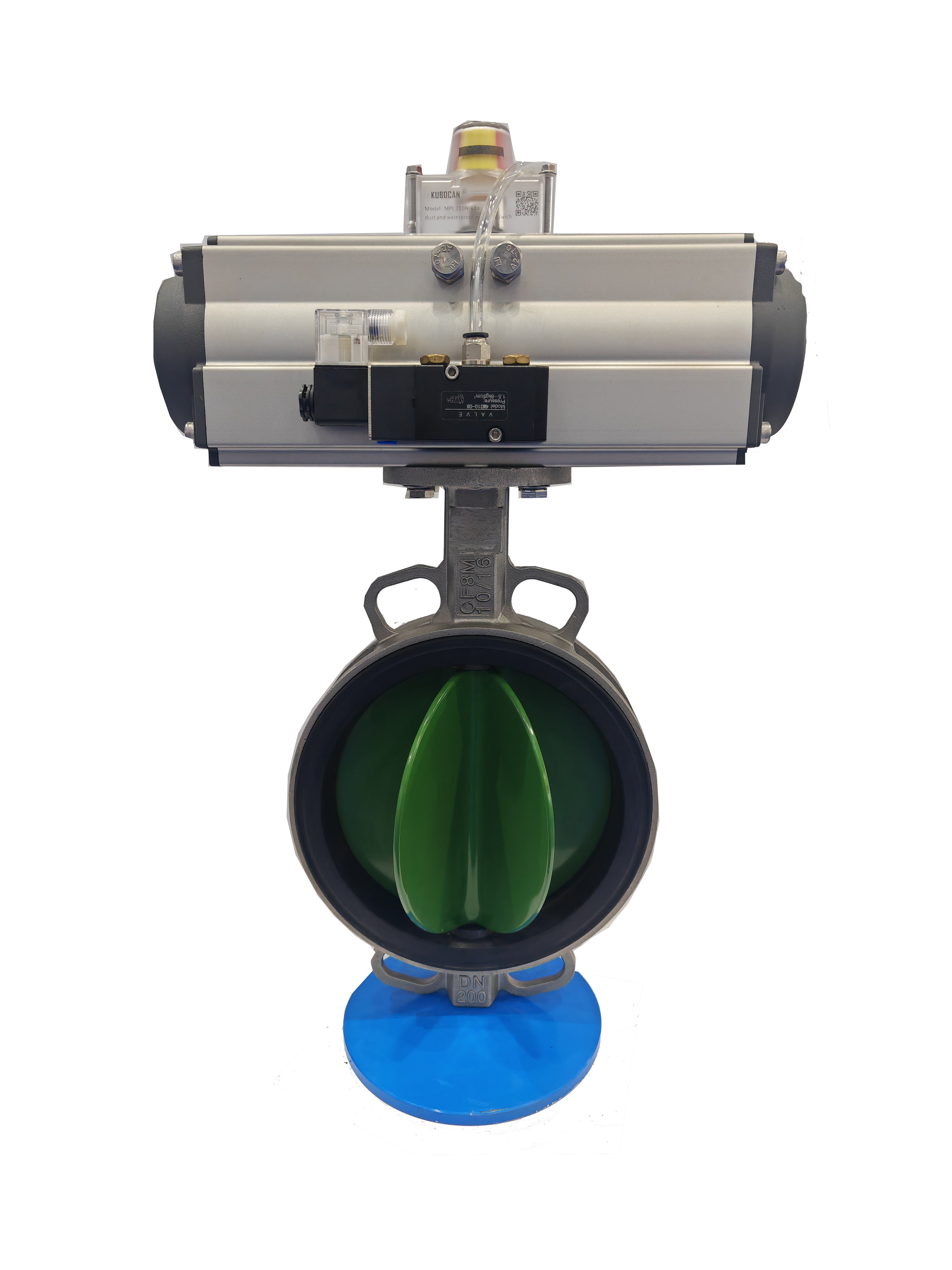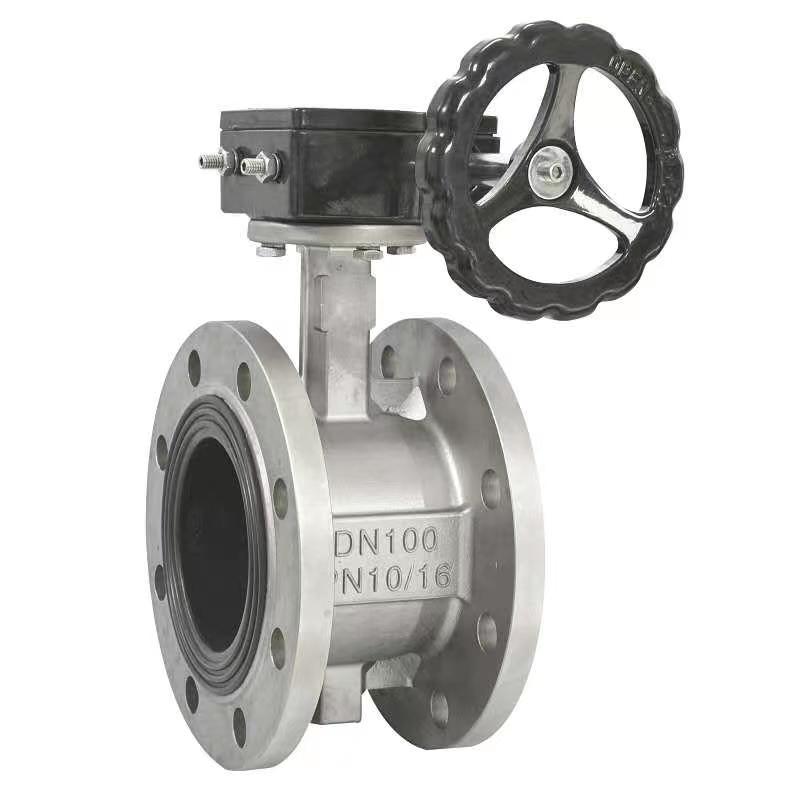- English
- Español
- Português
- русский
- Français
- 日本語
- Deutsch
- tiếng Việt
- Italiano
- Nederlands
- ภาษาไทย
- Polski
- 한국어
- Svenska
- magyar
- Malay
- বাংলা ভাষার
- Dansk
- Suomi
- हिन्दी
- Pilipino
- Türkçe
- Gaeilge
- العربية
- Indonesia
- Norsk
- تمل
- český
- ελληνικά
- український
- Javanese
- فارسی
- தமிழ்
- తెలుగు
- नेपाली
- Burmese
- български
- ລາວ
- Latine
- Қазақша
- Euskal
- Azərbaycan
- Slovenský jazyk
- Македонски
- Lietuvos
- Eesti Keel
- Română
- Slovenski
- मराठी
- Srpski језик
- Esperanto
- Català
- שפה עברית
- Cymraeg
- Latviešu
- icelandic
- ייִדיש
- беларускі
- Hrvatski
- Kreyòl ayisyen
- Shqiptar
- Malti
- lugha ya Kiswahili
- አማርኛ
- Bosanski
- Frysk
- ភាសាខ្មែរ
- ქართული
- ગુજરાતી
- Hausa
- Кыргыз тили
- ಕನ್ನಡ
- Corsa
- Kurdî
- മലയാളം
- Maori
- Монгол хэл
- Hmong
- IsiXhosa
- Zulu
- Yoruba
- অসমীয়া
- ଓଡିଆ
- Twi
- Samoa
- Sesotho
- සිංහල
- Gàidhlig
- Cebuano
- Somali
- Тоҷикӣ
- O'zbek
- Hawaiian
- سنڌي
- Shinra
- Հայերեն
- Igbo
- Sundanese
- Lëtzebuergesch
- Malagasy
- Tǝlam Kanuri
- Punjabi
- پښتو
- Chichewa
How to improve the sealing performance of butterfly valves?
2025-07-24
Improving the sealing performance of butterfly valves requires comprehensive improvements in design, materials, installation, maintenance, and other aspects. Specific measures are as follows:
Optimized sealing structure design: The soft sealed butterfly valve is made of elastic materials such as rubber and PTFE, suitable for low temperature and low pressure working conditions; Double eccentric or triple eccentric butterfly valves reduce sealing surface friction, and triple eccentric structures are particularly suitable for high temperature and high pressure scenarios; The metal hard sealed butterfly valve adopts metal to metal sealing and is suitable for high temperature, high pressure, and corrosive media. Improve the shape of the sealing surface, such as conical or spherical design, to increase the contact area and reduce the risk of leakage; Design a self compensating structure to automatically adjust the sealing pressure.
Selecting high-performance sealing materials: Among soft sealing materials, rubber such as NBR is oil resistant, FKM is high-temperature corrosion-resistant, and silicone rubber is low-temperature resistant; PTFE is corrosion-resistant and high-temperature resistant, and needs to be combined with a metal skeleton; Modified materials such as PTFE filling can improve wear resistance and creep resistance. Among the hard sealing materials, stainless steel is corrosion-resistant and suitable for neutral media; Hard alloy has strong wear resistance and is suitable for media containing particles; Ceramic coating improves high temperature resistance and wear resistance.
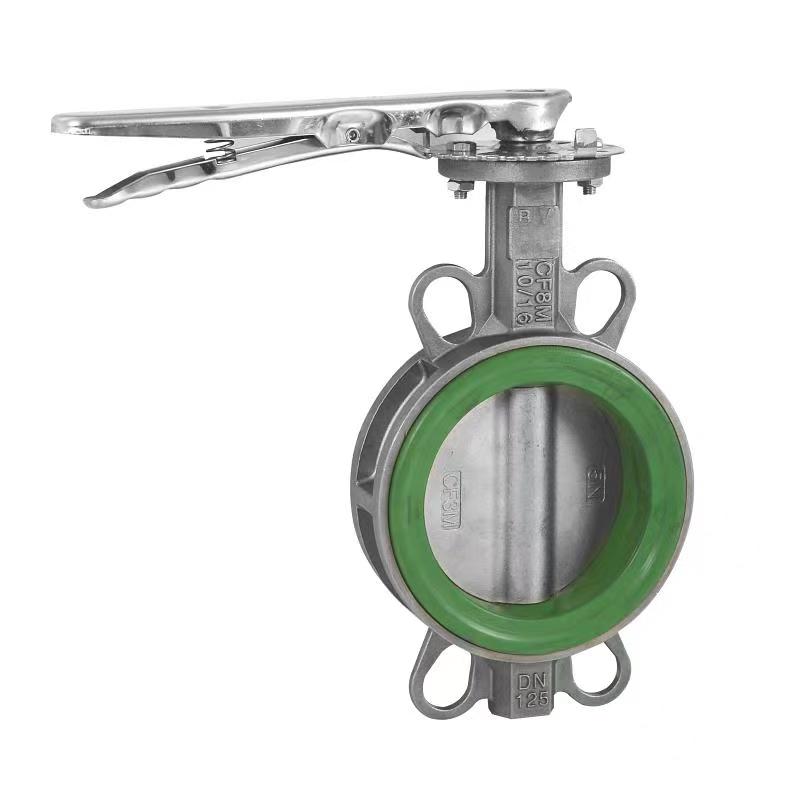
Strict manufacturing, assembly, installation, and debugging: The roughness of the sealing surface should be below Ra0.8, and the concentricity error between the valve body and the butterfly plate should be controlled within ± 0.1mm. Ensure that the sealing ring is evenly compressed during assembly, and the hard sealed butterfly valve needs to be ground and paired. During installation, ensure that the valve flows in the same direction as the medium, and the parallelism error between the pipeline flange and the butterfly valve flange is ≤ 0.5mm. During debugging, pre press the sealing ring of the soft seal butterfly valve, and control the closing torque of the hard seal butterfly valve.
Strengthen maintenance and auxiliary technology: regularly check the wear and corrosion of the sealing surface, and monitor the opening and closing torque. Clean the attachments on the sealing surface and apply lubricating grease to the metal sealing surface. Set the seal replacement cycle according to the working conditions and shorten the inspection interval in corrosive media. Before installation, conduct an air tightness test and a water pressure test on high-pressure valves. Integrated sensors for real-time monitoring of sealing status, utilizing IoT technology for remote monitoring.
Customized design of butterfly valves for special working conditions, such as using high-temperature resistant materials and designing heat dissipation structures for high-temperature working conditions, using low-temperature flexible materials for low-temperature working conditions, and using corrosion-resistant materials lined with PTFE or rubber for corrosive media. By comprehensively applying the above measures, the sealing performance of butterfly valves can be significantly improved to meet the requirements of different working conditions.
Related News
- Can check valves prevent pump reversal
- What scenarios are check valves suitable for?
- What should I do if the check valve cannot stop the water?
- What should I do if there is leakage inside the check valve
- What are the types of check valves
- Are there any requirements for the installation direction of butterfly valves?
New Products








